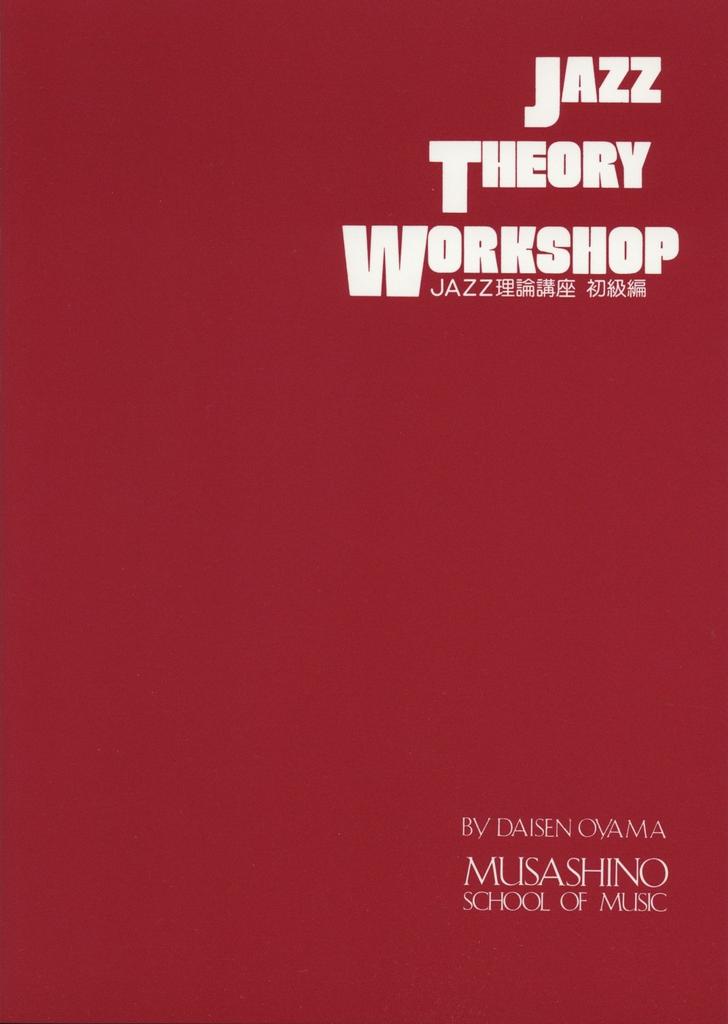【Voltage Compatibility】
When using electrical appliances, please note that they are designed for Japanese voltage specifications (90-110V), so if you use them with a different voltage, it may cause a malfunction.
【Plug Type】
Our products use Japanese plug types (A or B type).
Please use a conversion adapter if necessary.
【Important Note on Transformers and Adapters】
A transformer adjusts voltage to match your device’s requirements.
A conversion adapter only changes the plug shape and does not adjust voltage.
Using only a conversion adapter without a transformer may result in damage to the product.
【Liability】
We are not responsible for malfunctions or damages caused by improper use, such as operating the product without a transformer.
[About clocks that synchronize time via radio waves]
The function of clocks that synchronize time via radio waves only works in the Japanese area. Please be careful.
The one currently on sale is a new issue published in November 2021. Typographical errors found in the previous edition have been corrected.
[Product Description] JAZZ THEORY WORKSHOP Jazz Theory Course Beginner Edition Written by Dainobu Koyama A masterpiece that explains jazz theory step by step, from basic musical knowledge to chord theory, scale theory, and the basic idea of improvisation. The entire book is divided into nine chapters as shown below. Chapter 1 Prior knowledge (three elements of sound, equal temperament, etc.) Chapter 2 Basic knowledge (notation, intervals, scales, transposition, chords, etc.) Chapter 3 Functions of tonal chords (Diatonic chord, Tonality, Cadence, etc.) Chapter 4 Analysis of Chord Progression (Dominant Motion and Motion of 5th, Two-Five, etc.) Chapter 5 Key relationships and modulation (dominant key, subordinate key, parallel key, etc., Pivot Chord method, Diminished Chord method, etc.) Chapter 6 Available Note Scale and Tension (Tension Resolve, church mode, Available Note Scale and Tension in Diatonic Chord, etc.) Chapter 7 Melody Anal
ysis and Phrasing (Chord Tone and Non Chord Tone, Tension and Approach Note, Phrase using Approach Note, Phrase using Tension, etc.) Chapter 8 Other basic knowledge (Cliché, Pedal Point, Conditions for Good Sound, Diminished Chord, etc.) Chapter 9 Analysis of "MISTY") Jazz Theory Workshop Introduction to Intermediate and Advanced Jazz Theory Courses Beginner, Intermediate/Advanced, Comprehensive index



















![Longing for JAZZ mohou hrát i začátečníci! Užívat si! ! [Upravené vydání]](https://img.joomcdn.net/053fc374a5aa4909f2862292b87abf284f63180a_74_100.jpeg)






![Tenor saxofon na jazzový způsob improvizační tajemství [s CD]](https://img.joomcdn.net/43925d40f081210ad21c3ca1a0b2a383629c98af_74_100.jpeg)